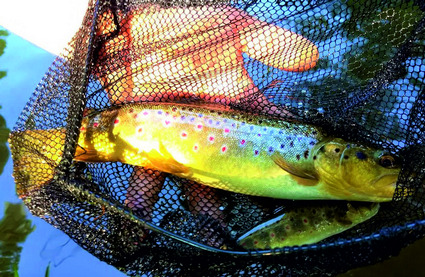- Record: found
- Abstract: found
- Article: found
Know your enemy – transcriptome of myxozoan Tetracapsuloides bryosalmonae reveals potential drug targets against proliferative kidney disease in salmonids

Read this article at
Abstract
Abstract
The myxozoan Tetracapsuloides bryosalmonae is a widely spread endoparasite that causes proliferative kidney disease (PKD) in salmonid fish. We developed an in silico pipeline to separate transcripts of T. bryosalmonae from the kidney tissue of its natural vertebrate host, brown trout ( Salmo trutta). After stringent filtering, we constructed a partial transcriptome assembly T. bryosalmonae, comprising 3427 transcripts. Based on homology-restricted searches of the assembled parasite transcriptome and Atlantic salmon ( Salmo salar) proteome, we identified four protein targets (Endoglycoceramidase, Legumain-like protease, Carbonic anhydrase 2, Pancreatic lipase-related protein 2) for the development of anti-parasitic drugs against T. bryosalmonae. Earlier work of these proteins on parasitic protists and helminths suggests that the identified anti-parasitic drug targets represent promising chemotherapeutic candidates also against T. bryosalmonae, and strengthen the view that the known inhibitors can be effective in evolutionarily distant organisms. In addition, we identified differentially expressed T. bryosalmonae genes between moderately and severely infected fish, indicating an increased abundance of T. bryosalmonae sporogonic stages in fish with low parasite load. In conclusion, this study paves the way for future genomic research in T. bryosalmonae and represents an important step towards the development of effective drugs against PKD.
Related collections
Most cited references91

- Record: found
- Abstract: found
- Article: found
Moderated estimation of fold change and dispersion for RNA-seq data with DESeq2
- Record: found
- Abstract: found
- Article: not found
Fast gapped-read alignment with Bowtie 2.
- Record: found
- Abstract: found
- Article: not found
